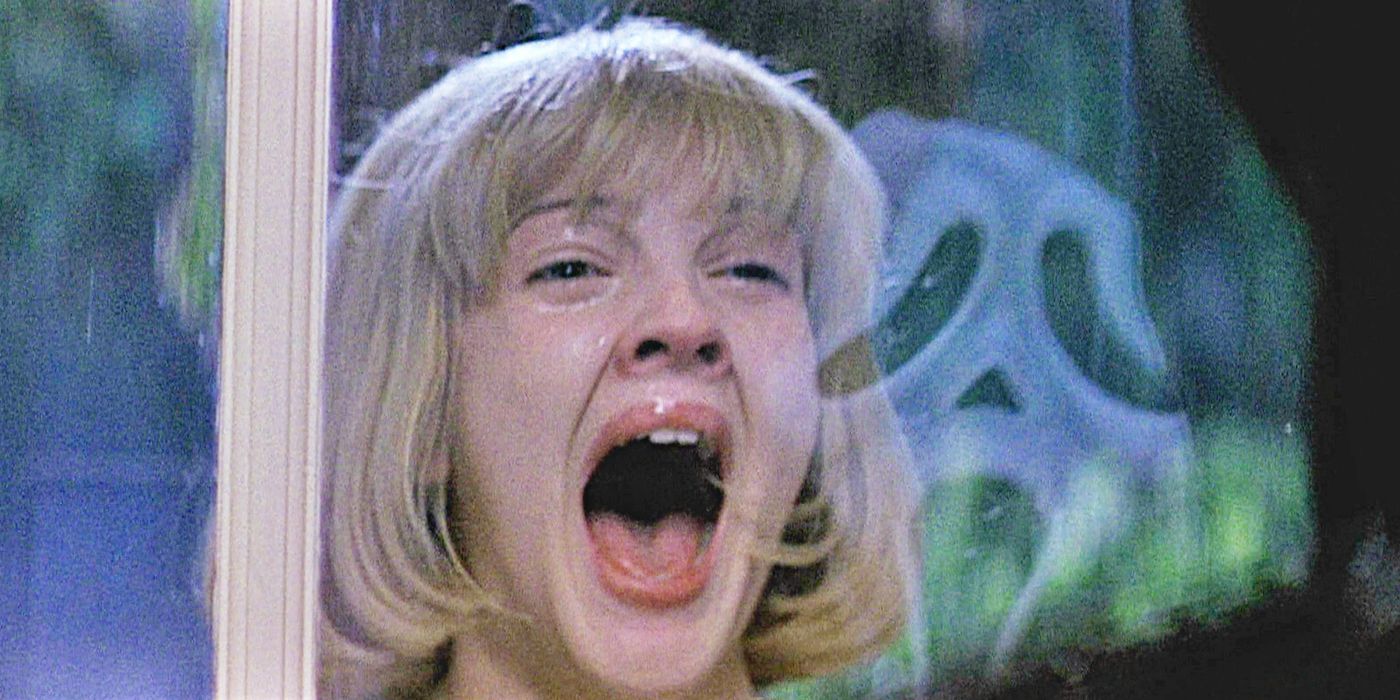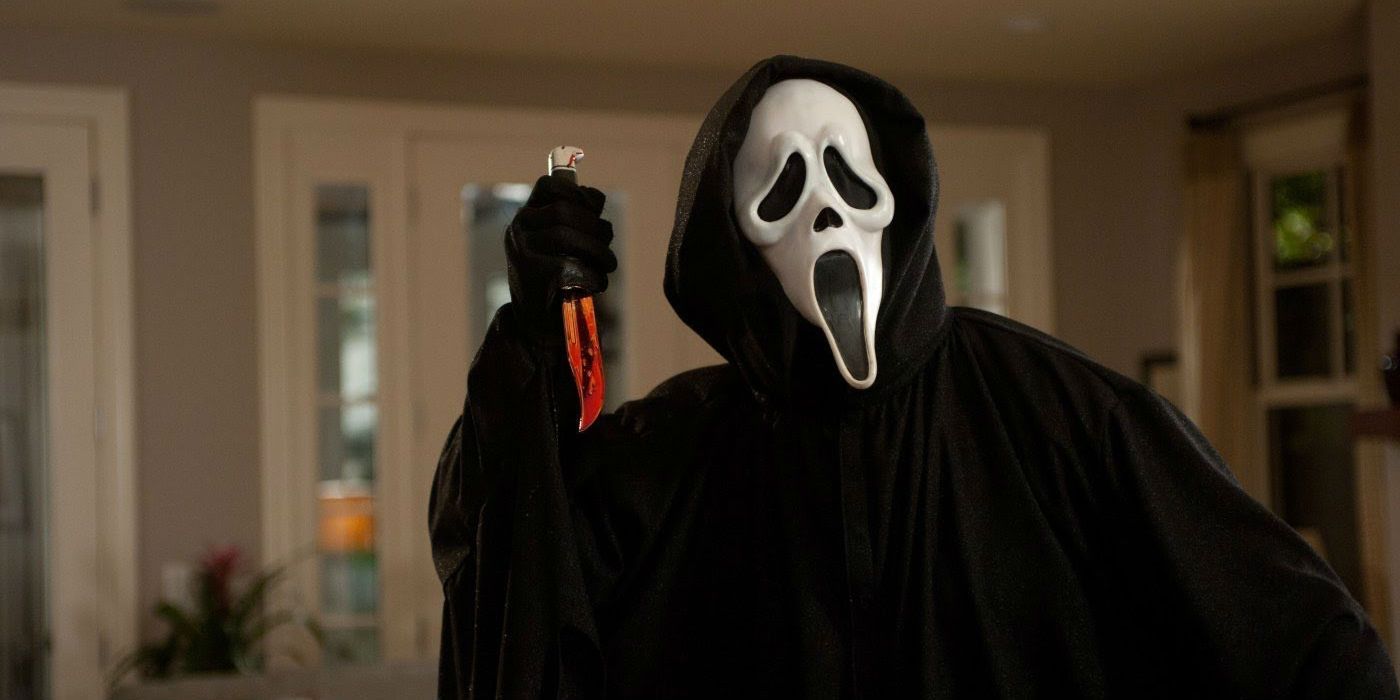Wes Craven’s Scream is one of the few modern horror films that can be considered a new classic for the genre, but its reputation might not have been so favorable if the film toned itself down to avoid an R rating.
Scream was one of the most defining horror films from the ‘90s and helped bring fresh blood to the ailing genre and inspired a whole slew of copycat slasher films. Scream is a formidable horror film that’s retained its strong reputation even now because it respectfully deconstructs the genre itself. Scream is a very scary movie in its own right, but it also provides insightful commentary on the lineage that helped make it possible and what those films are trying to say.
Kevin Williamson’s script for Scream gets a lot of attention over its witty, quick dialogue, but Williamson understands that a horror film also needs to deliver in the murder department. In order for Scream’s script to truly embrace the horror genre it needs to go all out in terms of the violence and gore. Both Williamson and Craven were adamant that Scream’s bloody vision couldn’t be compromised, otherwise the film’s message would be weakened. In spite of these protests, the two faced many battles with censorship that left the film’s desired R rating up in jeopardy.
Scream’s Excessive Violence Was Toned Down In The Script & Editing Stages
Kevin Williamson originally penned the script for Scream on spec and it grew out of his intense love for the horror genre. Williamson's agents had serious reservations over how Scream's script contained numerous examples of over the top violence and even warned Williamson that such gruesome content would make selling the script impossible. Eventually Miramax did buy Williamson's script and, sure enough, the sale was followed by Williamson removing most of the script's gorier content, such as anything involving internal organs or extensive stabbing. Ironically, once Wes Craven was secured as the film's director, he insisted that this PG-13 version of the movie be restored to its original vision and be rated R like it was supposed to be. To go one step further, an extra murder was added into the screenplay when they realized there was a span of nearly thirty minutes where nobody got murdered.
Williamson faced difficulties with cutting down Scream's R-rated violence during the script stage, but Wes Craven faced a different set of editing frustrations after he had completed filming. The MPAA repeatedly threatened an NC-17 rating, which Craven had a difficult time amending since the board's problem was the film's "intensity." Craven submitted over eight different cuts of the film, but a consensus still couldn't be reached. Ultimately, it was a severe misunderstanding of Scream's tone and purpose that threw off the MPAA. When it was explained that the film was also largely a satire and not just a celebration of violence, Scream was finally allowed an R rating. Even without the cushion of a larger PG-13 audience, Scream still performed beyond expectations at the box office because it was allowed to be true to itself.


